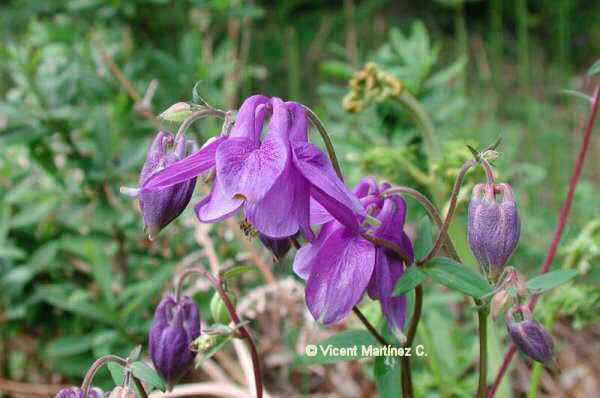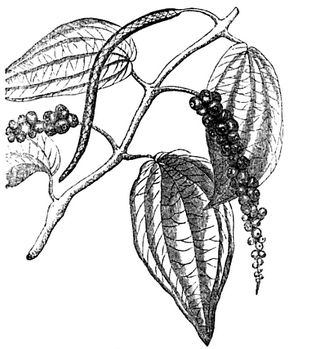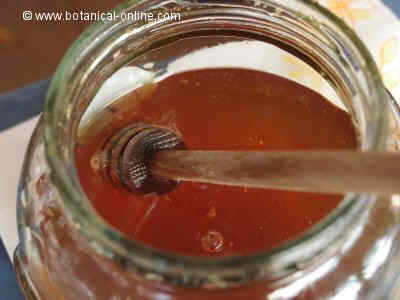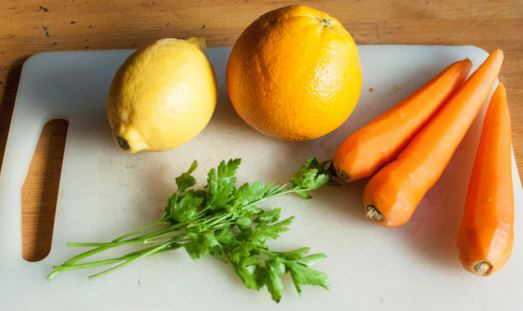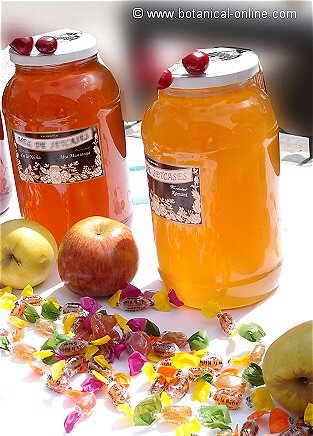Contents
Alcoholic beverages from agave
PULQUE, TEQUILA AND MEZCAL
What is pulque?
Pulque is an alcoholic beverage obtained from the fermented juice of maguey, especially pulque maguey (Agave atrovirens, Agave salmiana y Agave mapisaga). It is very rich in sugar and protein.
It is still being drunk in the center of Mexico, but its use has been much displaced by beer.
How is pulque made?
The manufacturing process is completely handmade. To do this, an incision is made in maguey pine (the center of the plant around which leaves grow) with 8 to 12 years old. A wooden reed is placed in the center of the plant from where the plant sap outflows. Once agave sap is fermented, pulque, a beverage with an alcoholic content of between 2 and 8 °, is obtained.
This type of drink is the most traditional in Mexico. It started to be produced when there were still no distilleries. So, unlike tequila and mescal, pulque is not a distilled beverage.
Traditionally, it was a drink that only rich people (nobles and priests) and the elderly could drink. Later, during the colonial era, it became popular and was sold in the pulquerías or pulcherías, constituting the most common drink for men in Mexico. The colonial government obtained many benefits of pulque
Today its use has decreased but is still being served in these establishments. It also serves as homemade drink at weddings, fesivals and other parties.
Pulque has also been used as a remedy to increase milk in lactating women.
What is mezcal?
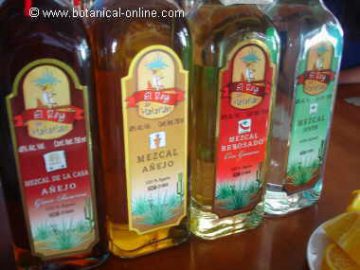
From the distillation of the sap of maguey (Agave angustifolia, Agave potatorum and Agave esperrima) an alcoholic beverage is also made.
Mezcal must be pure, that is to say, you can not add any other liquor. The best known is the mezcal of Oaxaca.
How is mezcal obtained?
The process of making mezcal is usually as follows:
- The oven is prepared: After cleaning it, it is filled with wood of oak, pine or mangal. Furnaces typically host 3000-5000 kg of firewood. Once lit, river rocks are put on the fire and allowed to warm for about six hours. When they have become red, they are covered with wet bagasse (dry leaves of maguey)
- Agave pines are placed above: Baking time lasts from 7 to 15 days. The oven is sealed with palm leaves (Thrinax morrissi) banana leaves (Musa sp) and bagasse (dry leaves of maguey) and covered with soil.
- Roasted agave pines are cut into pieces to ferment for 7 or 15 days. You can not add chemicals
- Pines are ground in a mill with a stone wheel pulled by a mule or horse. While the wheel is spinning, the material must be removed so that it remains well within the wheel reach.
- The ground material is placed in a wooden bowl (Fermentation container). Hot water is added and the bowl is covered with a wooden lid to start to ferment for about 24 hours.
Later, after having ensured that the tub is covered by a layer of uniform foam and pasta i s bubbling, cold water is added to prevent fermentation go too fast.
From time to time, we should remove the dough for fermentation and lift the wooden lid a time for oxygen to relantice the process. The fermentation process usually lasts between 8 and 10 days depending on the room temperature.
- The fermented dough is subjected to a double distillation process
- Mezcal obtained can be bottled for later consumption or sale in a couple of months (young mezcal also called white mezcal)
- Mezcal is stored in barrels of oak for aging for a period of 6 to 12 months (old mezcal or stale mezcal)
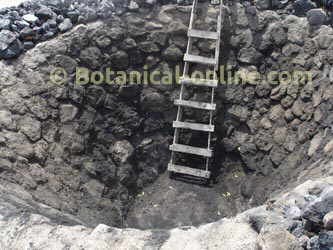
Traditional oven of maguey or agave for mezcal production
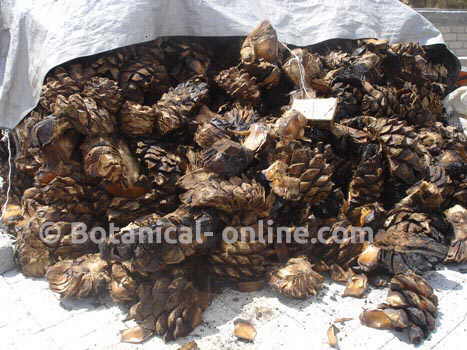
Pines of agave or maguey, baked in the traditional process, for obtaining mezcal
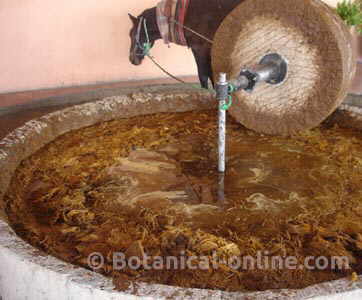
Agave or maguey pulp in a tub for grinding in a traditional mill for production of mezcal. The pre-baked, crushed agave, fibrous or stringy and juicy texture is observed
What is tequila:
Tequila is obtained from the pine of tequilano maguey (Agave tequilana). The pinel is subjected to cooking and then left to ferment and twice distilled. Its production process is similar to that of mezcal.
What is the difference between tequila mezcal and pulque?
Basically, tequila and mezcal differ in their purity and their origin. In the composition of tequila other liquors usually enter and it is done, as we have seen, from a different kind of maguey plant.
The most famous tequila is tequila of Jalisco, which occurs in Santiago de Jalisco, in an area dedicated to the cultivation of agave that is considered by UNESCO as World Heritage
Pulque is different from tequila and mezcal. Unlike these two, it is done with a process without distillation, so that the alcoholic content of this drink is much lower.
![]() More information on agave.
More information on agave.

